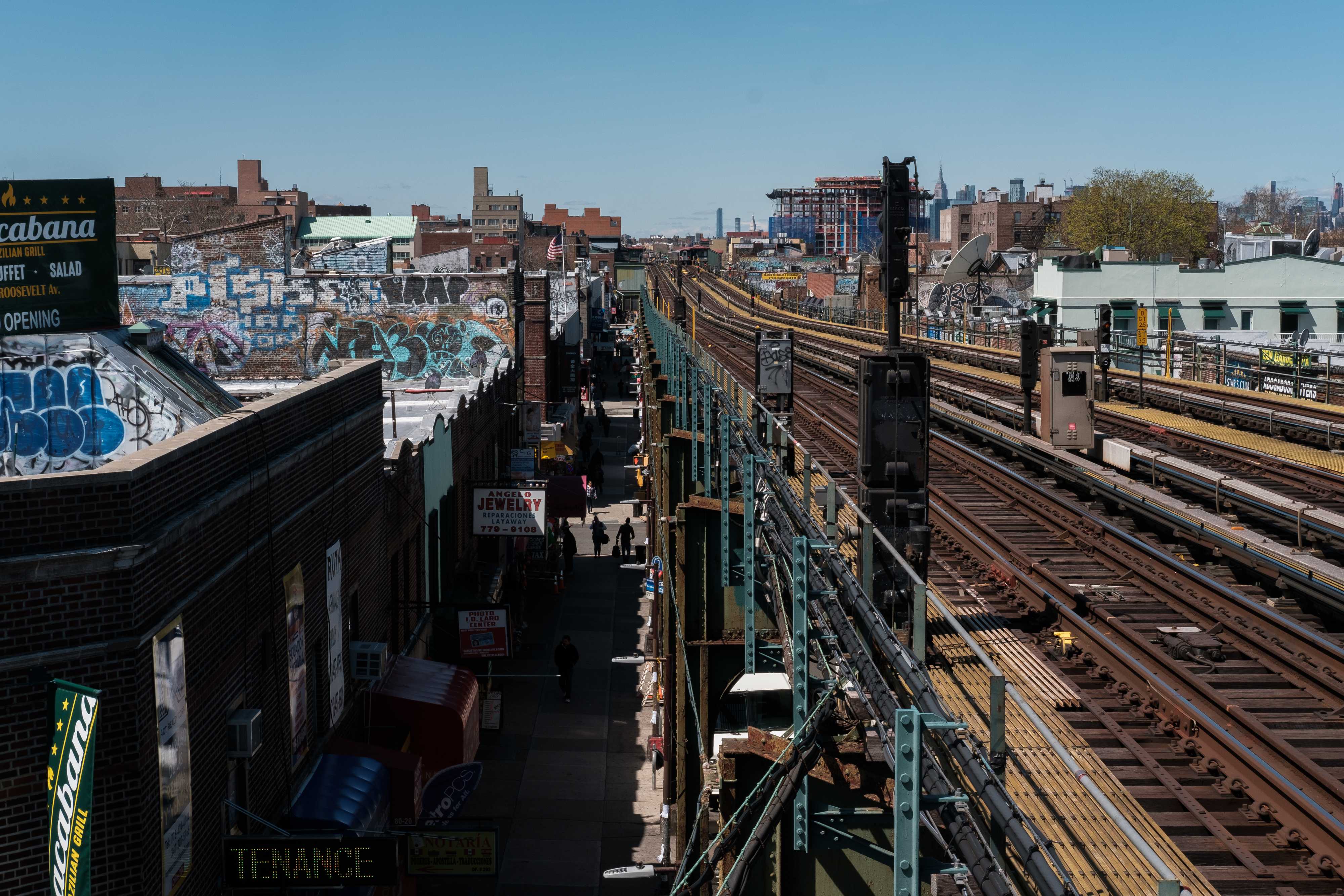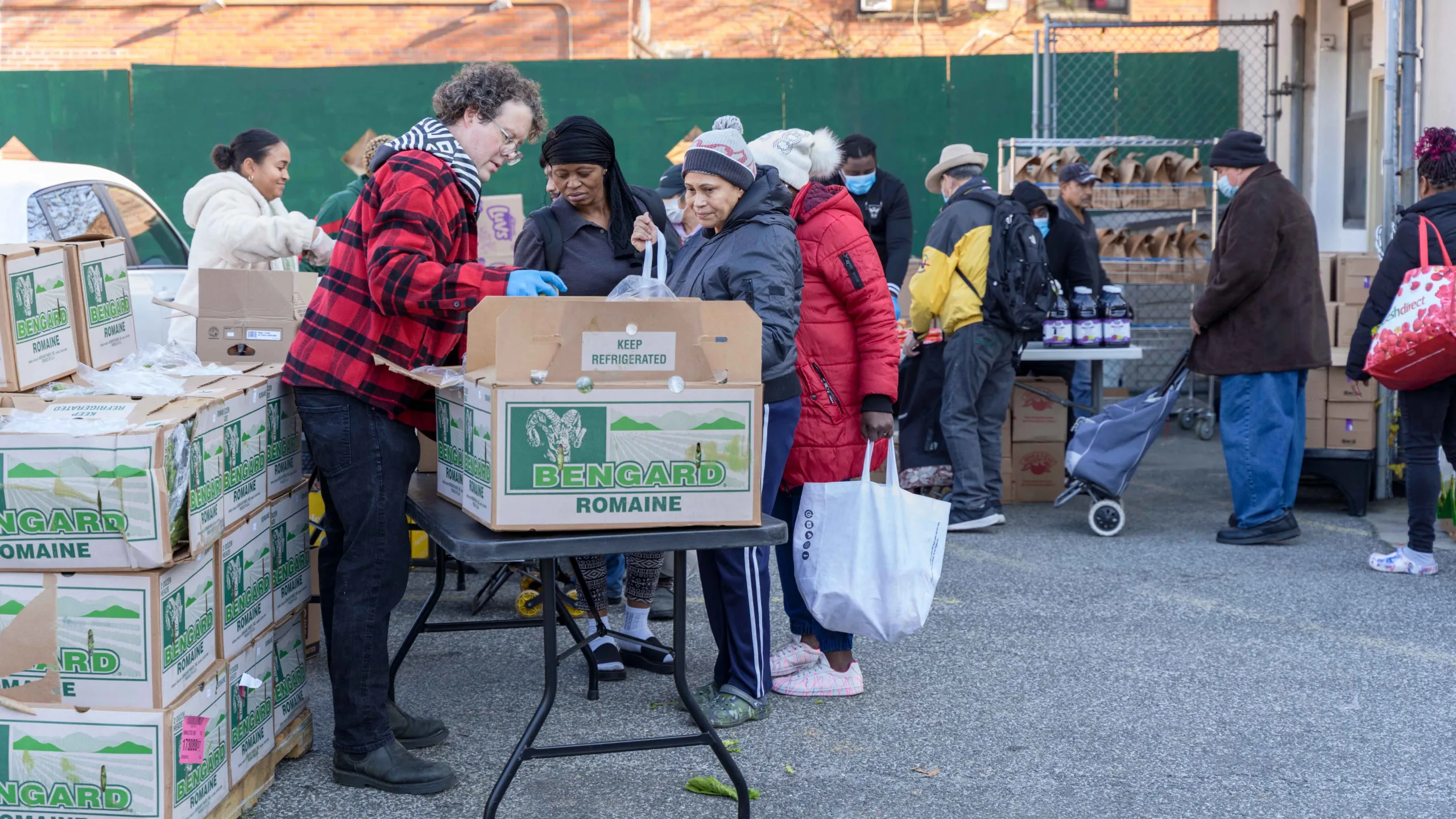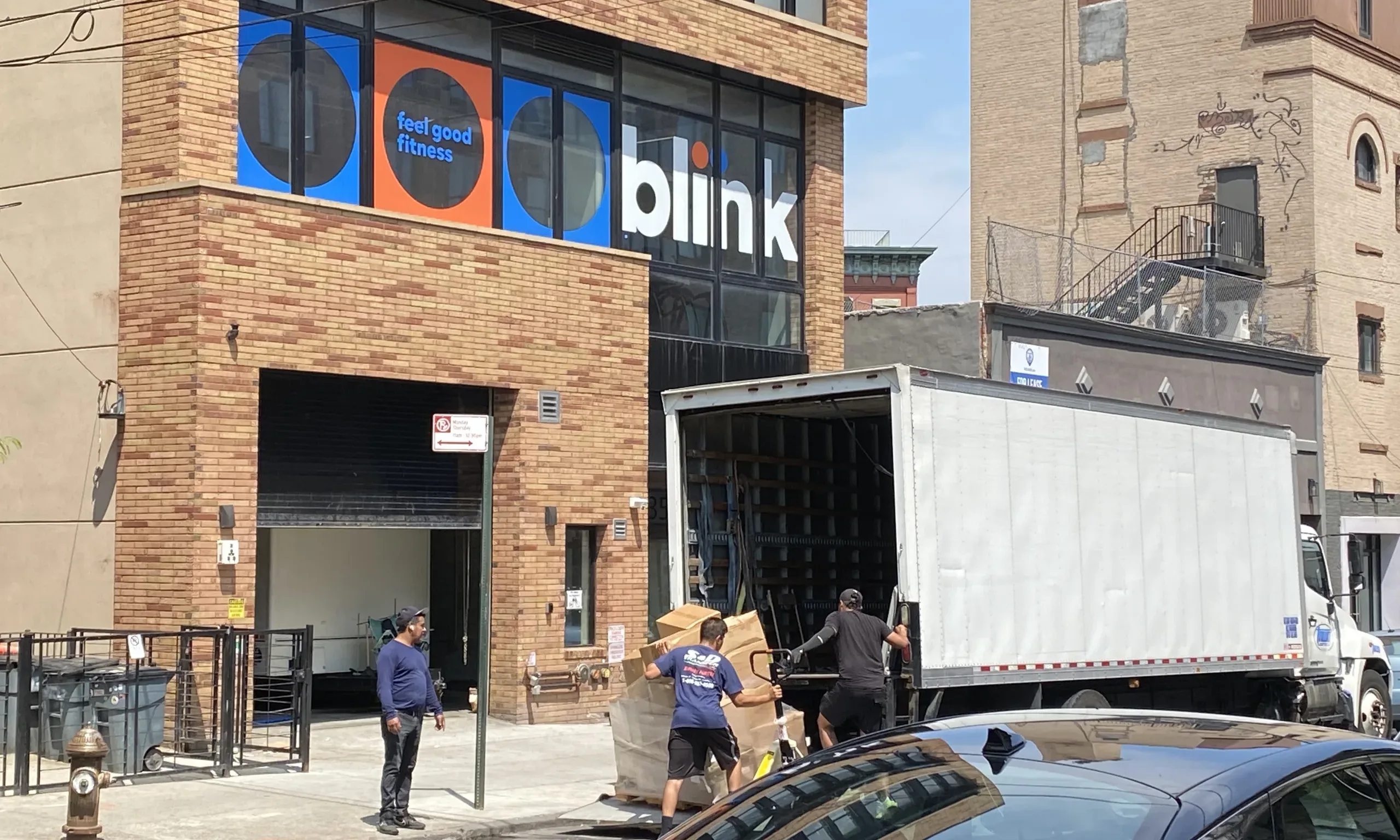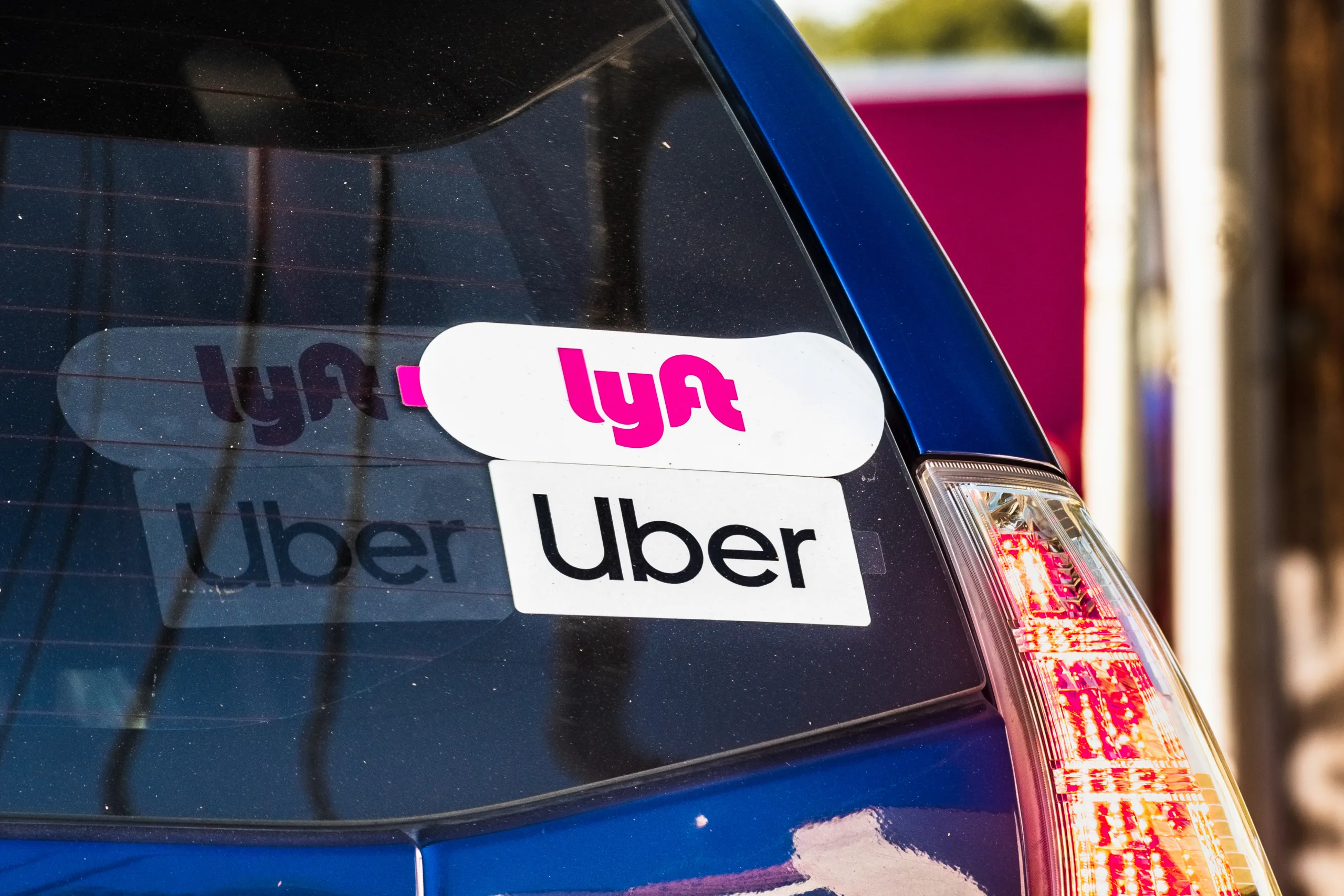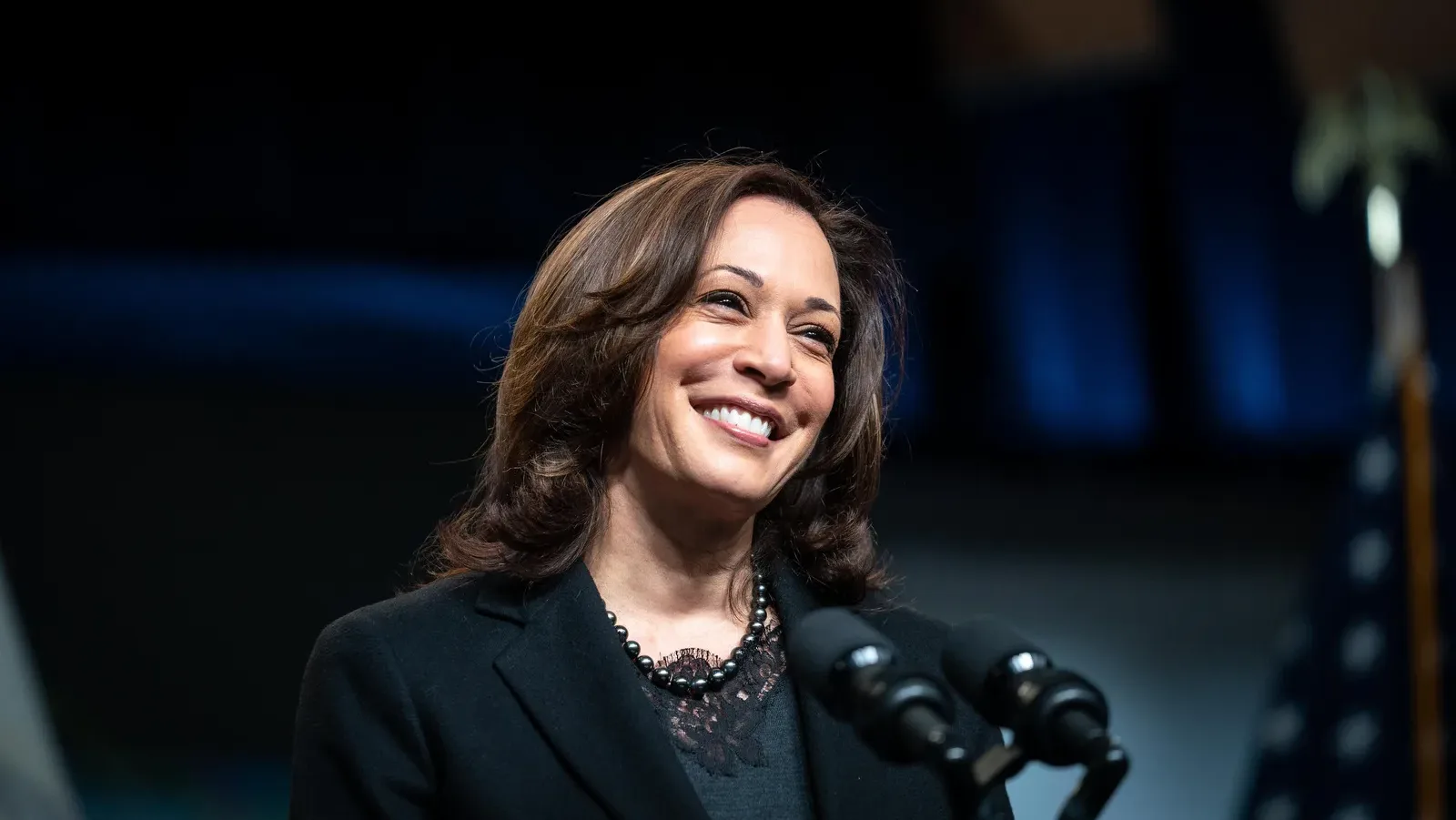Structural fires like the one that took place on Sunday, which killed 17 people in a Bronx apartment complex, overwhelmingly take place in community districts where the majority of residents are Black or Hispanic, an analysis of New York City fire incident dispatch data shows.
Among the dead in Sunday’s West Bronx blaze were eight children, city officials said, and many of those who died were West African immigrants. The building —Twin Parks North West — had become a hub for Gambian immigrants.
In the districts with the ten highest number of recorded fires from May 5, 2020, until May 5, 2021, the latest date included in the FDNY data, the majority of the residents in all of the districts were Black or Hispanic, and half of these districts had significant immigrant populations that hovered above the city average, data shows. In eight of the twelve districts with the most recorded fire incidents, Black residents made up the largest racial or ethnic group.
In total, the city recorded 24,429 structural fires in that time period.
Queens Community District 12, which includes the neighborhoods of Hollis, Jamaica and Rochdale, had the most structural fires during this period, with 948 fires recorded. Almost 62% of the district resident are Black, and more than 42% are foreign born, New York City data shows. Across New York City, nearly 40% of residents are foreign-born, according to the Mayor’s Office.
“Unfortunately, things like this are more prevalent in communities of color,” said Russell Cheek, the Director of Government and Community Relations with Banana Kelly Community Improvement Association, a Bronx-based organization which helps tenants with housing and other social services.
Also Read: A Tragic Fire in the Bronx Brings Together an Immigrant Community
Sunday’s fire in the Bronx began when a space heater did not function properly in an apartment, and smoke spread through the complex when the door did not close behind the residents as they escaped, city officials have said in recent days. The City’s fire commissioner, Daniel A. Nigro, said at a news conference on Monday that the door of the apartment where the fire began was not functioning properly.
“This is an unspeakable tragedy,” New York City Mayor Eric Adams said Monday. “This is a global tragedy, because the Bronx and New York City is representative of the ethnicities and cultures across the globe.”
Many Bronx community districts have faced a high number of fires, according to the city data. Bronx community District 5 — which includes the neighborhoods of Fordham, Morris Heights, Mount Hope and University Heights — has had the fourth highest number of recorded fires across the City in that time period, according to fire incident dispatch data. There, almost 70% percent or resident are Hispanic and nearly 43% are foreign-born.
For community advocates working with tenants across the City, these numbers are in line with what they would expect. “It doesn’t surprise me at all,” Cheek said about the data analysis. “As unfortunate as it is, and just to be very transparent and blatant — this is not happening in white communities.”
In Cheek’s view, there are a few contributing factors that lead to the higher incident rates of fires, which include oversight from building managers, and a lack of education about what tenants can do to advocate for better conditions.
“There’s a trifecta — we have poor education, we have poor maintenance and we have negligence,” he said. “The supers, the overall maintenance, the building managers they’re being so negligent that people have to find a way to maintain some kind of heat in their apartment and resort to various different things that are fire hazards.”
At Tenants and Neighbors, an organization that works with tenants across the city to improve their housing conditions, Genesis Aquino, the organization’s executive director, has been focused on informing residents about their rights. And for immigrants who don’t speak English, this challenge is exacerbated, as it is more difficult to access resources to learn about tenant rights in languages other than English.
Also Read: South Bronx United Brings Soccer, Study and Legal Help to Undocumented Teens
Most of the people who call Tenants and Neighbors, Aquino said, are people who are struggling with repairs. All of the tenants that her organization is helping currently live in low-income communities, Aquino said, including in the Brooklyn neighborhood of Flatbush, and in the Manhattan neighborhood of East Harlem.
Brooklyn Community District 17 which includes the neighborhoods of East Flatbush, Flatbush, and Northeast Flatbush, community members faced 605 fires in the year starting May 5, 2020 — the seventh-highest number of fires in community districts across the city in that time period. There, the foreign-born population is well above the city’s — it rests at 52.2% — and 86.6% of residents in the neighborhood are Black.
“Most of the people struggling with repairs happen to be people who live in low-income communities,” Aquino said. “A lot of these tenants live in subsidized buildings, public housing, rent-stabilized buildings where they still have affordable housing.”
Also Read: Tenants Rights in NY During the Pandemic
The Bronx tower where Sunday’s deadly fire took place is part of a state affordable housing program, and collects money from the state through the federal Section 8 program, which assists low-income tenants with rent, THE CITY reported.
With rents so high in New York City, many individuals don’t have the option to move somewhere else — if their heaters aren’t working, their buildings need repairs, they’re facing harassment from landlords, or other factors, Aquino said. “You are forced to stay,” Aquino said, “with lack of repairs, because you cannot afford to move anywhere else.”
Community Districts with the top ten highest number of recorded structural fires, May 5, 2020 – May 5, 2021
1. Queens Community District 12, 948 fires
2. Queens Community District 13, 810 fires
3. Brooklyn Community District 18, 716 fires
4. Bronx Community District 5, 622 fires
5. Brooklyn Community District 3, 607 fires
5. Manhattan Community District 10, 607 fires
6. Bronx Community District 12, 606 fires
7. Brooklyn Community District 17, 605 fires
TestPost3
7. Bronx Community District 3, 605 fires
8. Staten Island Community District 1, 599 fires
9. Manhattan Community District 11, 574 fires
10. Brooklyn Community District 5, 559 fires
